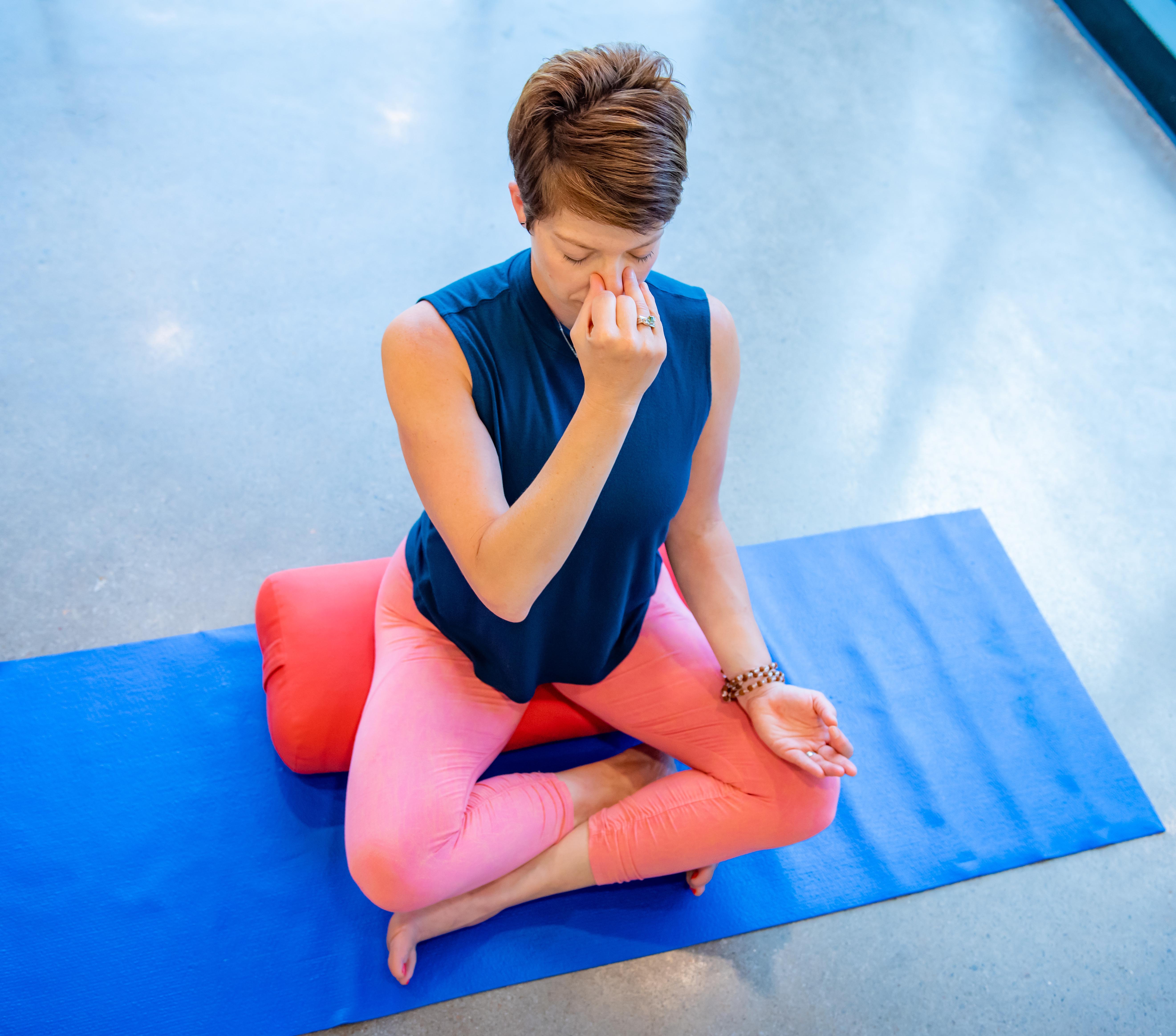Breath is essential to life. It is the first thing we do when we are born and the last thing we do when we leave. Pranayama is the fourth limb in Patanjali’s eight limb system of yoga. Yogic breathing is a fundamental practice in the study of yoga because pranayama is defined as the “control of life force.” In Yoga Sutra 2.52, Patanjali writes, “As a result (of pranayama), the covering that blocks our own inner light is reduced.” In other words, through the practice of pranayama, you can reduce the mental distractions/noise that prevents you from connecting with your own inner light, your True Self. Pranayama is an important tool that can help get you to this state of more focused concentration, leading you to clearer perception, a greater connection with the Self, and ultimately a happier life.
The benefits of pranayama include:
- Reduction in stress and anxiety
- Restful sleep
- Increased attention and focus
- Greater clarity and well-being
When you breathe deeply and slowly, you activate the parasympathetic nervous system (PNS), which reverses the stress response in your body. Deep breathing stimulates the main nerve in the PNS—the vagus nerve—slowing down your heart rate, lowering your blood pressure, and calming the mind, reducing anxiety.
In B.K.S.’s book, “Light on Yoga.” an entire section is dedicated to pranayama. He lists hints and cautions before a yoga student practices pranayama techniques. And although some techniques should be practiced under a guided direction by an experienced pranayama teacher, a few breath practices can be done by anyone at anytime.

A few helpful tips:
- Practice pranayama after an asana practice and before savasana. If it is a stand-alone practice, always include savasana.
- Keep the eyes closed.
- Practice on an empty stomach.
- No strain should be felt in the facial muscles, eyes and ears or in the neck muscles.
- Each person should measure their own capacity when doing pranayama and not exceed it.
The most beneficial pranayama techniques include Ujjayi (aka: Oceans breath) and Nadi Sodhana (aka alternate n
ostril breathing). These can be practiced by anyone, including pregnant women.
For more information about pranayama techniques and how to practice them, check out this pranayama article online.

